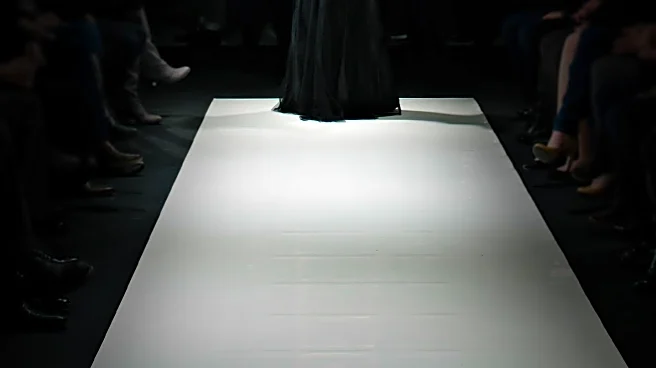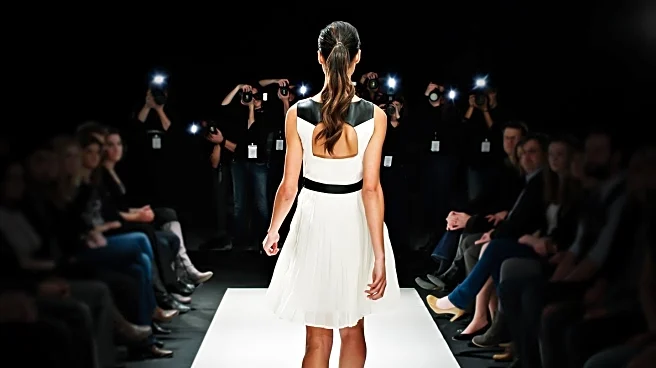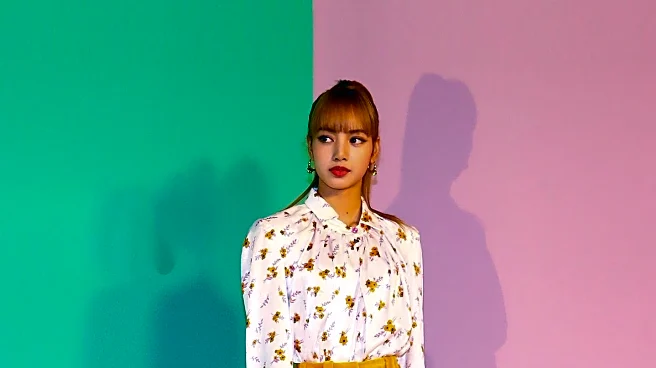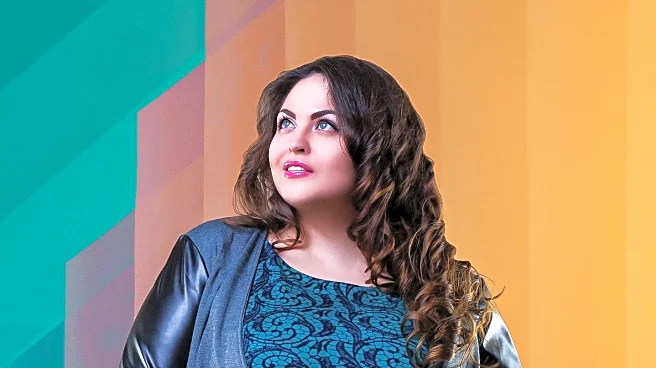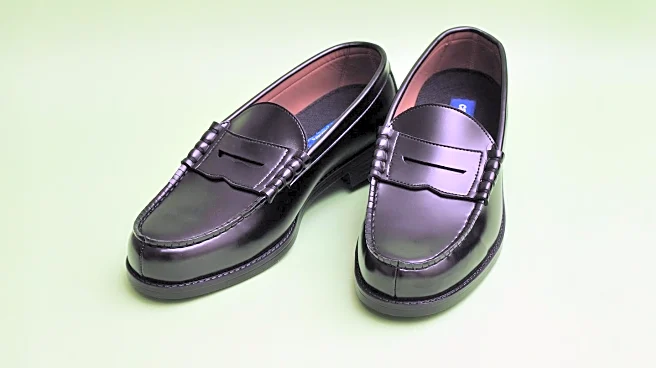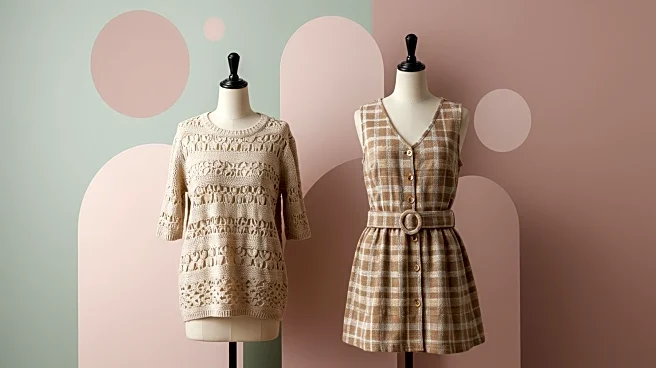What is the story about?
What's Happening?
The fashion industry continues to struggle with body diversity, as recent data shows that plus-size models (US 14+) made up only 0.8 percent of runway representation, while mid-size models (US 6-12) accounted for 3.7 percent across 230 shows. Despite a brief increase in diversity during the spring/summer 2020 season, where 86 plus-size models walked the runways, the industry has largely reverted to favoring straight-size models (US 0-4). London leads in body acceptance with 12 percent plus and mid-size models, while Paris lags behind with only 28 curve models out of 4,000 appearances.
Why It's Important?
The limited representation of plus-size models highlights ongoing challenges in the fashion industry's commitment to diversity. This lack of inclusivity can impact consumer perceptions and brand loyalty, especially among Gen Z and Millennials who demand authenticity. The industry's reliance on a few token supermodels like Ashley Graham and Paloma Elsesser underscores the need for broader representation. Brands that fail to embrace diversity risk alienating consumers and missing out on the business benefits of inclusivity.
What's Next?
As consumer demand for diversity grows, brands may face pressure to increase representation of plus-size models. Designers and fashion houses could be encouraged to integrate more diverse body types into their shows, potentially leading to a shift in industry standards. The success of inclusive brands may inspire others to follow suit, fostering a more representative fashion landscape.
Beyond the Headlines
The fashion industry's struggle with diversity reflects broader societal issues of body image and acceptance. The rise of weight-loss drugs like Ozempic and the glamorization of thinness pose challenges to the body positivity movement. Ethical considerations around representation and inclusivity may drive future changes in industry practices.
AI Generated Content
Do you find this article useful?
